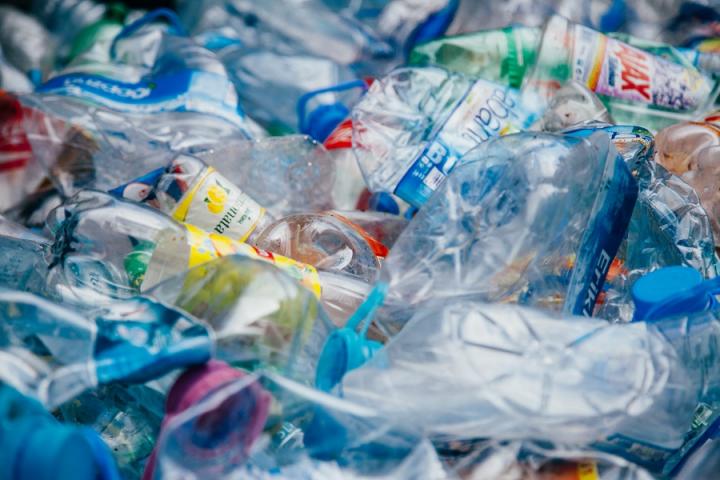The circular bioeconomy
How to circularise the bioeconomy
The circular economy is an alternative to a traditional linear economy (make, use, dispose), in which we keep resources in use for as long as possible, extract the maximum value from them while in use, then recover and regenerate products and materials at the end of each service life.
Covid-19 has had a severe impact on the economy, with public debt now larger than the size of the UK’s economy. However, it has also provided us with a massive opportunity to effect real environmental change. Calls to #BuildBackBetter in a green recovery are gaining wide-spread public and political support. Developing a circular economy would lead to a 48% reduction in carbon dioxide emissions by 2030 and provide a host of opportunities for the expanding bioeconomy.
Food security will depend on our ability to control our own supply chains.
Stewardship of this growing bioeconomy requires both responsibly sourced feedstock and the circularisation of processes. The food and drink production industry is vital to the UK economy but creates unavoidable bio-based waste that largely goes to landfill, resulting in methane gas production, causing environmental pollution and contributing to climate change. Food and drink manufacturing waste and by-products therefore constitute a vast resource that is currently underutilised. They have the potential to power a circularised bioeconomy, whilst also relieving tensions in the food-versus-fuel debate and supporting efforts to achieve targets in climate change, sustainability and food security.

The interdisciplinary challenge of circularising the bioeconomy is clearly enormous and expertise in the field of microbiology is key to overcoming it. There are specific challenges associated with using complex industrial by-products and wastes as feedstocks, instead of comparatively pure commercial growth media for microbial growth. Impurities that can accumulate in the growth medium to inhibitory or toxic levels, as well as unfavourable consequences of harsh raw material pre-treatment conditions, such as very low pH, represent chemical stresses for the microbial production strains. Whether it be a source of new genes or as alternative ‘chassis’, we will be reliant on a diverse range of micro-organisms to adapt the current microbial production platforms to better tolerate unfavourable conditions and impurities. New bio-based products will be produced from food waste by moving away from our ‘go to’ hosts, Escherichia coli and Saccharomyces cerevisiae, and diversifying the pallet of tools available to biotechnology.
The success of technical developments must be assessed through techno-economic and environmental assessment to minimise the use of additional resources and maximise the benefits and/or limit the impact to the environment. This presents another set of challenges. Although widely used by companies with a well-developed methodology governed by ISO standards, Life-Cycle Assessment (LCA) is challenging to apply to biotechnology due to the complex nature of biological systems and its foundation within the barely related packaging industry. To demonstrate utility for auditing environmental impacts of biotransformation processes, LCA must be extended to assess value chain impacts and dependencies on natural capital, to support a whole-system view when making bio-economies more circular. Techno-economic analysis, (cost-benefit analysis, cost-effectiveness and risk assessment methods) aid with option appraisal, but feasibility is also dependent upon processing logistics, especially for nutrient-rich and high-water content wastes. For instance, a microbially-based process used by a company based in a city will look very different when applied to a remote location in Scotland. As such, feedstock must be mapped to inform use and to highlight current tensions and dependencies, with all stakeholders consulted and considered.
As climate change imposes further stresses on land use, food security will depend on our ability to control our own supply chains. The UK currently imports 50% of its food and feed. A circular bioeconomy would reduce our demand for imports, lowering carbon footprints and environmental pollution. Valorisation of waste is critical to the maintenance of our limited arable land and marine resources, while still protecting the UK’s natural environment.
More information on Dr Horsfall's work is available in her lab website.
Further reading on the circular economy can be found in this policy report from the Microbiology Society.

